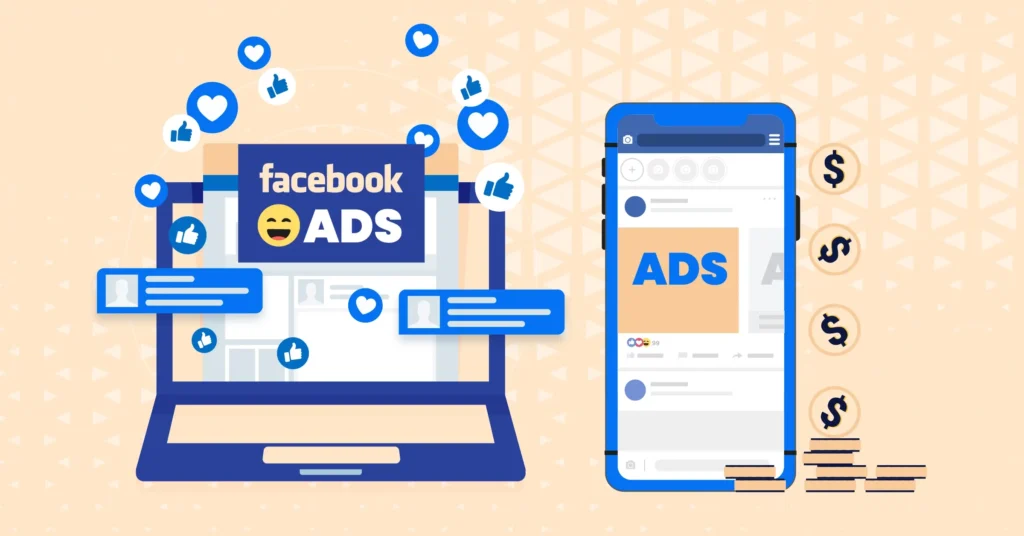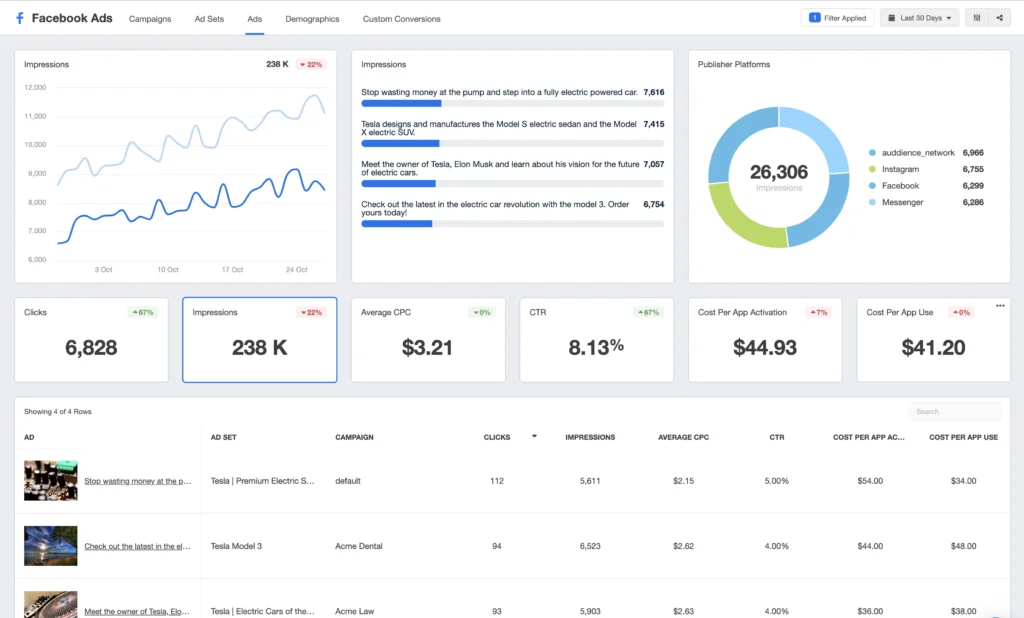:

Facebook Ads: A Complete Guide to Digital Advertising on Meta
In today’s digital-first world, advertising on social media is no longer optional — it’s essential. Among the most powerful platforms available, Facebook Ads stand out for their vast reach, targeting capabilities, and diverse ad formats. As part of Meta’s advertising ecosystem, Facebook Ads offer businesses of all sizes a dynamic way to connect with audiences, build brand awareness, and drive sales.
What Are Facebook Ads?
Facebook Ads are paid messages that businesses create to reach users on Facebook and its associated platforms like Instagram, Messenger, and the Audience Network. These ads appear in users’ News Feeds, Stories, Reels, Marketplace, and other placements across Facebook’s ecosystem.
The core strength of Facebook Ads lies in precise targeting. Advertisers can target users based on demographics, interests, behavior, location, and even past interactions with their brand. This allows for personalized marketing at scale — a capability unmatched by traditional advertising.
Why Choose Facebook Ads?
1. Unmatched Audience Size
Facebook has over 2.9 billion monthly active users globally. This makes it the largest social media network in the world. Whether your business is local or global, Facebook gives you access to a diverse and expansive audience.
2. Advanced Targeting
Facebook’s data-driven targeting allows advertisers to define their ideal audience. Options include:
- Age, gender, and location
- Interests and hobbies
- Behaviors (e.g., online shoppers)
- Life events (e.g., newly engaged)
- Custom audiences (based on email lists or website traffic)
- Lookalike audiences (people similar to your existing customers)
3. Multiple Ad Formats
Facebook offers a wide range of ad formats to suit different goals:
- Image ads for simple, clean visual messaging.
- Video ads to tell a story or show a product in action.
- Carousel ads that display multiple images or videos in one ad.
- Collection ads to showcase a catalog of products.
- Lead generation ads with instant forms.
- Stories and Reels ads for mobile-first engagement.
4. Affordable and Scalable
You can start with as little as ₹100 ($1.20), making Facebook Ads accessible to even small businesses. As your results improve, you can scale your budget and strategy.
Setting Up a Facebook Ad Campaign
To run Facebook ads, you need a Facebook Business Manager account. Here’s a simplified process for setting up a campaign:
1. Define Your Objective
Choose your marketing goal:
- Brand awareness
- Traffic
- Engagement
- App installs
- Video views
- Lead generation
- Conversions
- Sales
2. Choose Your Audience
Create custom or lookalike audiences. Use Facebook’s targeting tools to define who sees your ads.
3. Set Budget and Schedule
You can choose a daily budget or lifetime budget, and schedule when your ads run.
4. Select Your Ad Placement
You can use automatic placements (recommended) or select where your ads appear — such as Facebook feed, Stories, Instagram, or Messenger.
5. Create the Ad
Choose your format, upload visuals, write engaging copy, add a call-to-action (CTA), and link to your landing page.
Best Practices for Facebook Ads
✅ Use High-Quality Visuals
Whether it’s a photo or video, visuals should be clear, attractive, and on-brand. Mobile-first content is crucial.
✅ Write Compelling Copy
Your ad copy should be concise and speak directly to your audience’s needs. Use strong CTAs like “Shop Now,” “Learn More,” or “Sign Up.”
✅ A/B Test Everything
Run multiple versions of your ads to test what works best. Try different headlines, images, CTAs, and formats.
✅ Optimize for Mobile
Most users access Facebook on mobile. Design your ads to load quickly and look good on small screens.
✅ Use Facebook Pixel
Install the Facebook Pixel on your website to track user actions and improve ad targeting and conversion tracking.

Measuring Success with Facebook Ads
Understanding performance is key. Facebook provides detailed metrics within Ads Manager:
- Impressions: How many times your ad was shown
- Reach: Unique users who saw your ad
- Click-Through Rate (CTR): Percentage of people who clicked your ad
- Conversion Rate: Percentage of users who completed the desired action
- Return on Ad Spend (ROAS): Revenue generated from your ads compared to how much you spent
By analyzing these metrics, you can refine your strategy, allocate budget more effectively, and improve ROI.
Challenges and How to Overcome Them
❌ Ad Fatigue
Users may see the same ad too often and stop engaging. Solution: refresh creative and rotate ad versions regularly.
❌ Rising Costs
Competition and demand can increase costs. Solution: narrow targeting, improve ad relevance, and optimize landing pages.
❌ Policy Rejections
Facebook has strict ad policies. Solution: always review guidelines and avoid prohibited content like false claims, adult content, or controversial topics.
The Future of Facebook Ads
With increasing integration of AI and automation, Facebook Ads are becoming smarter. Meta is focusing on tools like Advantage+ Campaigns, automated placements, and dynamic creative testing. Businesses that embrace these features will gain a competitive edge.
Privacy changes like Apple’s iOS updates have impacted tracking, but Meta is adapting with new tools like Aggregated Event Measurement and Conversions API to help advertisers maintain performance while respecting user privacy.
Conclusion
Facebook Ads offer an incredible opportunity for businesses to reach targeted audiences, drive engagement, and boost revenue — all within a flexible and data-driven environment. Whether you’re a small business owner or a digital marketing pro, mastering Facebook Ads can transform your brand’s online success.
The key lies in understanding your audience, creating quality content, testing different strategies, and continuously optimizing performance. With the right approach, Facebook Ads can deliver powerful results in today’s competitive digital landsc
people also read us Home